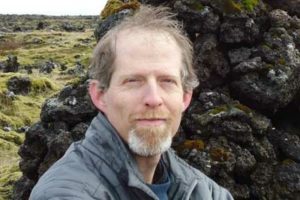
Seattle Building Stone II
Geologic Excursion to Seattle;
Saturday, May 11, 2019
David Williams, author of Stories in Stone (and a Geology Group lecturer) led a second small 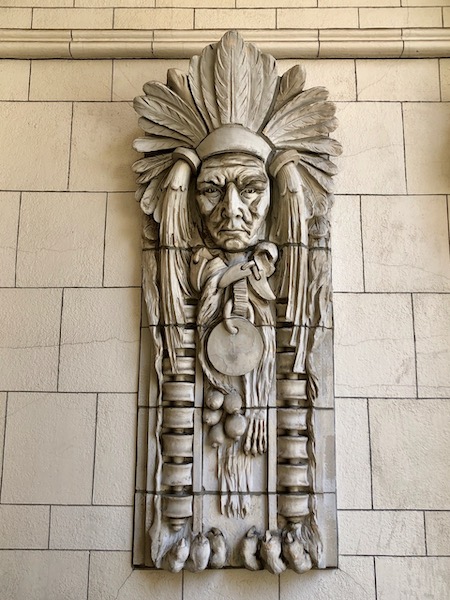 group on a second walking tour of Seattle Building Stone. We saw all types of rock used in Seattle’s historic buildings and will learn about the geology and history of the stone and its use. This is a very popular walking tour and has been recently updated from his previous walks. More information about this tour can be found on David’s webpage.
group on a second walking tour of Seattle Building Stone. We saw all types of rock used in Seattle’s historic buildings and will learn about the geology and history of the stone and its use. This is a very popular walking tour and has been recently updated from his previous walks. More information about this tour can be found on David’s webpage.
He can accommodate 15 persons per tour and the price is $20 per person (based on 15 persons). We met at the Bainbridge Ferry around 10 am, walked on, and joined him in lower downtown. The tour took about two hours, but some continued on for lunch or shopping in Seattle before returning on the Bainbridgr ferry. Registrants’ names and contact information were shared to facilitate carpooling from home to the ferry.
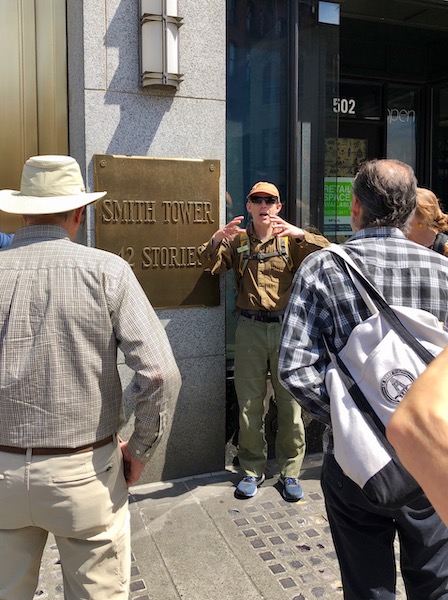 The date of the field trip was Saturday, May 11. The trip filled and we had wonderful weather, here are a few pictures and some words about ourMarch 18th trip:
The date of the field trip was Saturday, May 11. The trip filled and we had wonderful weather, here are a few pictures and some words about ourMarch 18th trip:
One of the most enjoyable and fascinating field trips I’ve been on. David Williams was trained as a geologist, but he has the soul of a storyteller. His explanations of the geological makeup of the stones used in creating some of Seattle’s iconic buildings was interesting, but the stories and historical background he added was the best part for a non-geologist like myself. Not a difficult or strenuous walk, with some stops to look inside at amazing art deco lobbies. This is a field trip that will open your eyes to Seattle. DN
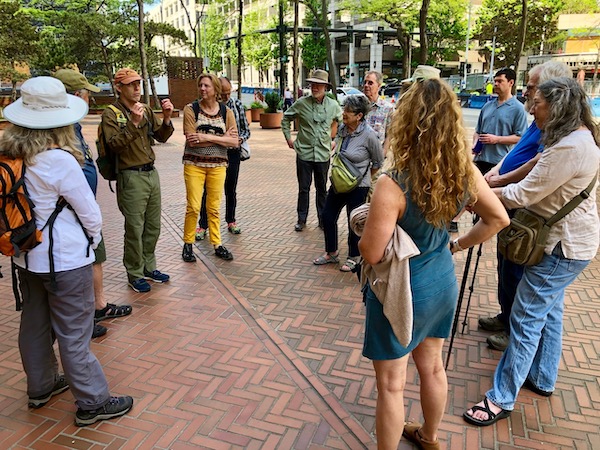
Michael, I would like to take this opportunity to comment on this weeks Geology Group field trip to Seattle. The trip was, in short, outstanding. Close to perfect. The weather was pleasantly warm, the walk not overly long and last but not least was David Williams presentation. David was cordial, unassuming and approachable while being extremely knowledgable. If you thought this trip was just about rocks (building stone), you were wrong. It was that and much more. David knows and presents the history of the buildings and the surrounding development in the context of historical growth of Seattle. This trip was highly educational and a real pleasure. Thanks to you for organizing and David for leading. KN

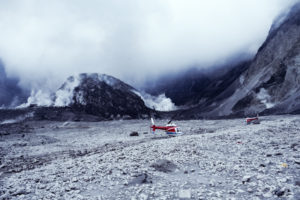
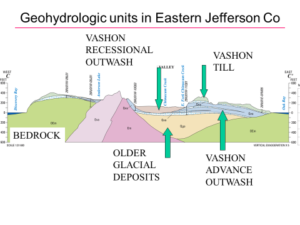
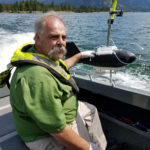 Steve Cox earned his B.S. in Environmental Science from the University of Puget Sound in 1978, and was hired by the USGS following the eruption of Mt. St. Helens in 1980. Since 1983 he has been with groundwater water-quality section of the USGS Washington Water Science Center, located in Tacoma. Much of his work has been focused on the age, movement, and quality of groundwater in aquifers throughout western Washington, but he has also worked on smelter-derived contamination of water and sediment at Lake Roosevelt, behind Grand Coulee Dam.
Steve Cox earned his B.S. in Environmental Science from the University of Puget Sound in 1978, and was hired by the USGS following the eruption of Mt. St. Helens in 1980. Since 1983 he has been with groundwater water-quality section of the USGS Washington Water Science Center, located in Tacoma. Much of his work has been focused on the age, movement, and quality of groundwater in aquifers throughout western Washington, but he has also worked on smelter-derived contamination of water and sediment at Lake Roosevelt, behind Grand Coulee Dam.